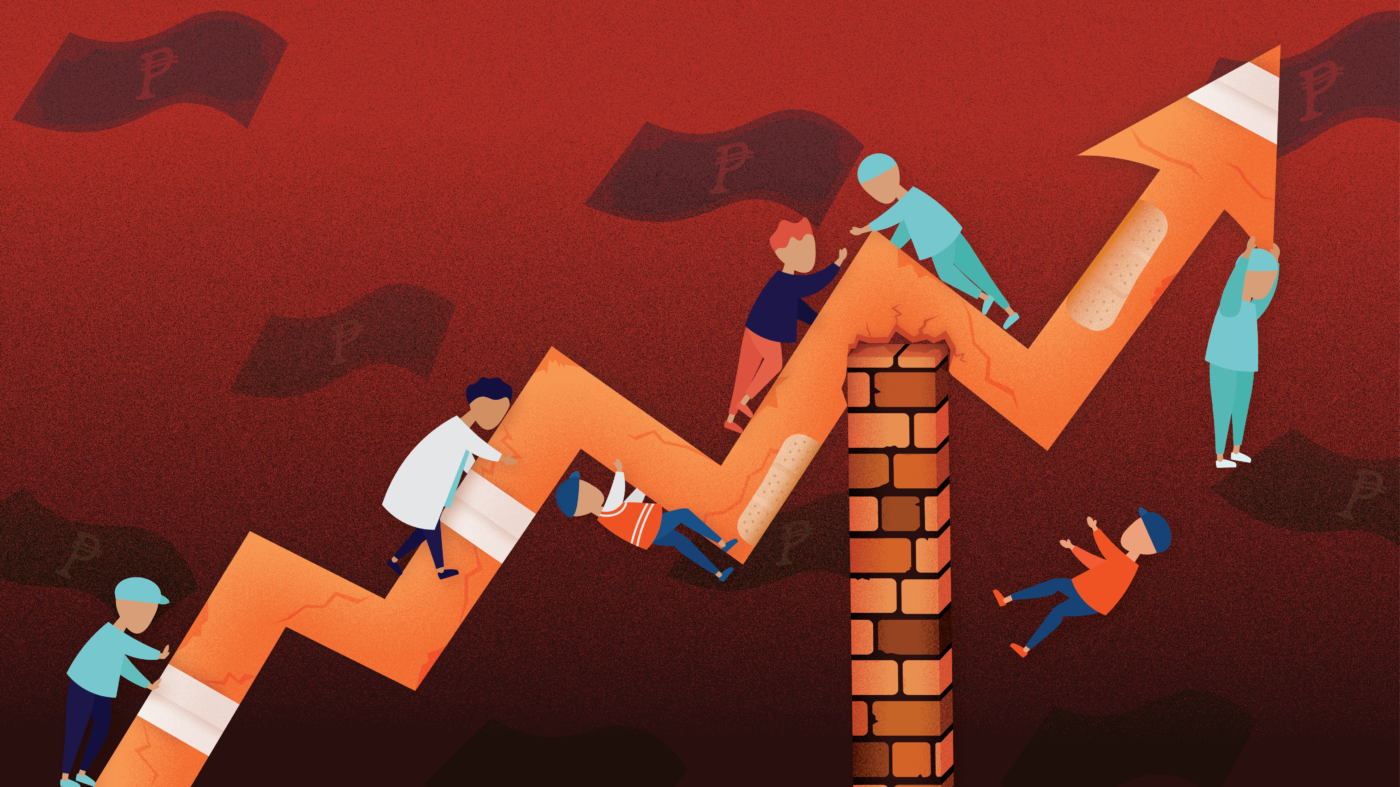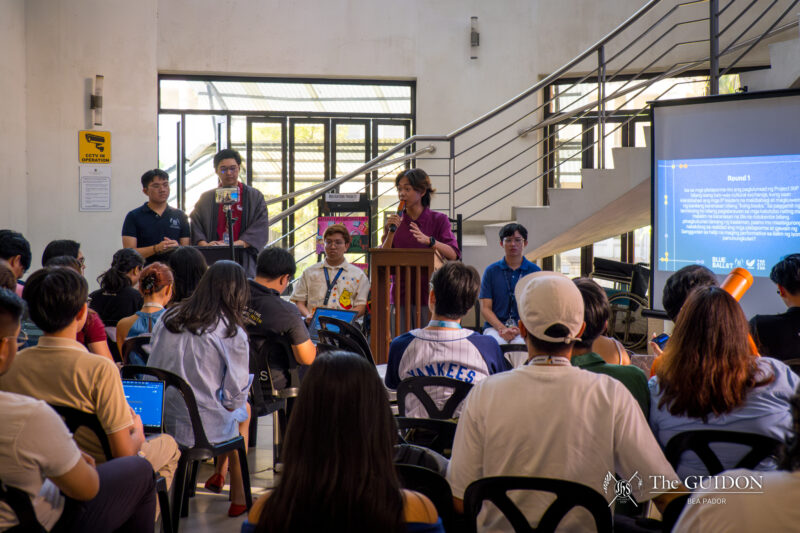THE PHILIPPINES has a turbulent history with debt. The late dictator Ferdinand Marcos’ borrowing sprees scarred the economy and, with it, scores of Filipinos. Today, the public is especially alarmed about the size of the national debt, which has been critical in fueling economic recovery during the COVID-19 pandemic.
Recently, Senator Panfilo Lacson falsely claimed that every Filipino owed Php 120,000 as their share of the national debt. Though experts have repeatedly addressed misconceptions on the matter, public misunderstanding and misleading statements persist, making it necessary to clarify the dynamics of debt.
Dissecting debt
In 2020, COVID-19 and hard lockdowns depressed consumer activity, which in turn adversely affected production. Under these conditions, Filipinos’ incomes suffered. Thus, the government’s only viable option for funding economic stimuli was to borrow as raising taxes would have further discouraged spending and worsen the recession. Given the scale of the crisis, large loans were necessary.
As of September, the Treasury reported that public debt totaled Php 11.9 trillion—63.1% of the nation’s total income or Gross Domestic Product (GDP). Despite historic highs, economists argued that the debt’s size should not be a chief concern. In assessing the nation’s economic standing, the focus should instead be on the debt’s composition and spending.
The composition of debt is concerned with two matters: The source and the maturation of the loans. Currently, domestic borrowings make up 70.4% of public debt. These are owed directly to Filipinos, who purchase securities like treasury bonds from banks and bills from the government for additional income from interest. In contrast, foreign debt cannot be as easily controlled by the government if it accumulates.
“The supply of those foreign currencies is something the country has to earn through real GDP growth,” said economist Emmanuel de Dios, PhD.
Another key difference between domestic and foreign debt is the impact of repayment on the Philippine economy. When domestic borrowings are repaid, the money will still circulate in the economy since the government is simply paying Filipinos back. However, this is not the case with external loans, economist Solita Monsod, PhD stressed.
Apart from mostly internal debt, most of the Philippines’ debt are long-term loans. Ateneo Center for Economic Research and Development Associate Director Ser Percival K. Peña-Reyes, PhD emphasized that this affords the nation “more breathing room.” This means more time to focus on economic recovery efforts before loan payments are due. As a caveat, Peña-Reyes did note that since long-term loans entail more risk for lenders, interest rates are higher.
Debt as a lifeline
As Peña-Reyes and other economists have highlighted, the prime concern with debt is the ability to repay it. Ultimately, debt payment will rely on the income and growth generated by the programs funded by the loans themselves. Thus, whether the government can pay its dues depends on how wisely the loans are spent today.
Peña-Reyes joins many economists in the belief that the fiscal response must be more vigorous. The efforts of economic managers towards national recovery have been conservative, focusing on keeping good credit ratings which are threatened by a rising debt-to-GDP ratio. As such, economist Cielito Habito noted that the government has largely turned to reserved, short-term pandemic solutions instead of a more determined strategy.
To ensure that the nation can return to economic growth and comfortably repay debts, economists have identified key areas to spend on. For one, Monsod reiterated the necessity of investing in health infrastructure which has not been sufficiently prioritized in the past.
Furthermore, Peña-Reyes highlighted spending on weaknesses—such as agriculture and digital infrastructure—that have made the country’s economy fragile. He added that investing in these areas is crucial so that the Philippines can achieve not just economic recovery, but long-term resilience as well.
Peña-Reyes argued that there is still room to borrow, even as the debt’s size has alarmed Filipinos. With economic forecasts showing optimistic improvements, he also emphasized that now is the time to take on debt and spend it when the need exists. “While you’re in a good position to borrow, you borrow,” Peña-Reyes remarked, referencing the good credit ratings achieved in the 2010s.
Despite the public’s sentiments, the present size of the debt does not directly affect Filipinos. However, the public’s fears are not unfounded. “People associate more debt with more corruption because they can’t feel where the loans are spent,” Institute for Leadership, Empowerment, and Democracy Executive Director Zy-za Suzara said.Apart from lapses in the COVID-19 fiscal response, recent events such as the investigation into Pharmally Pharmaceutical have cast doubt on the government’s commitment to economic recovery. Thus, it remains imperative that the public sustain calls for accountability as the national debt continues to grow. Recovery hinges on these loans being spent properly, which in turn requires good governance.




